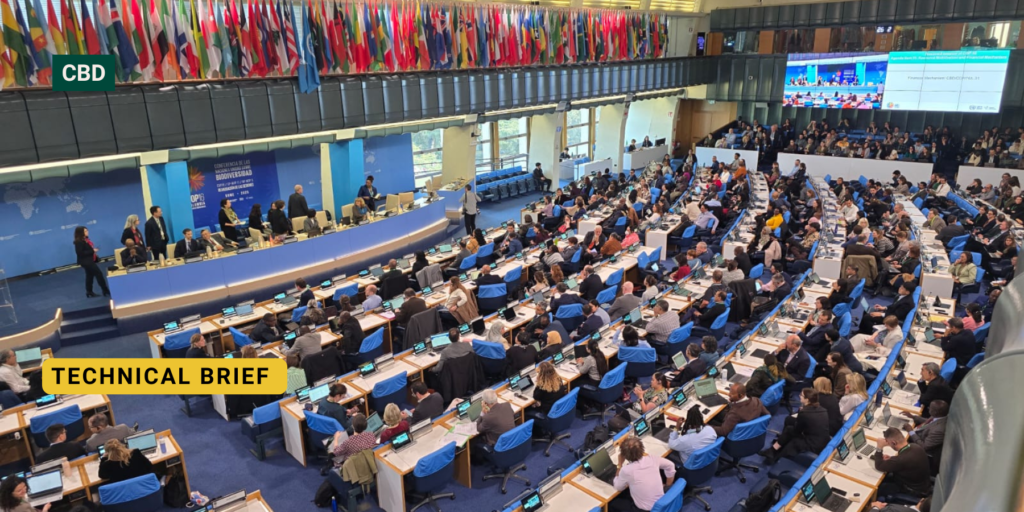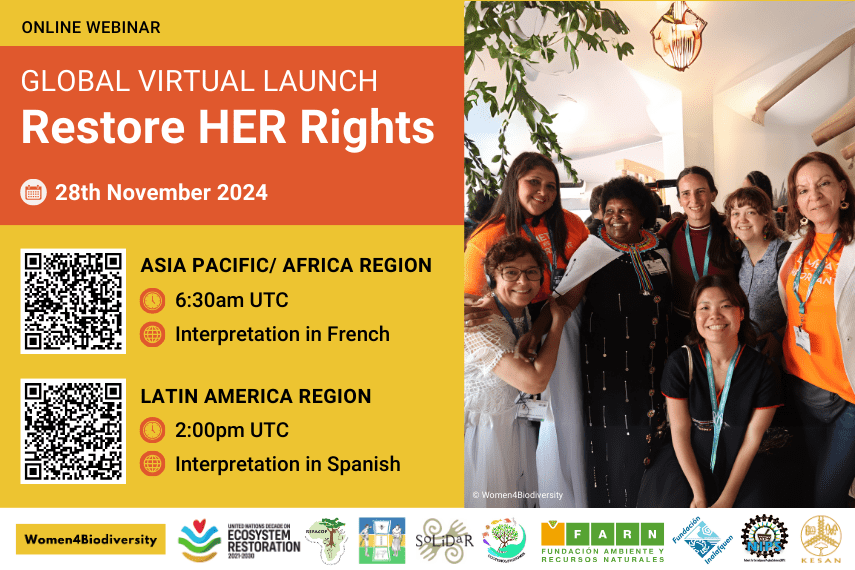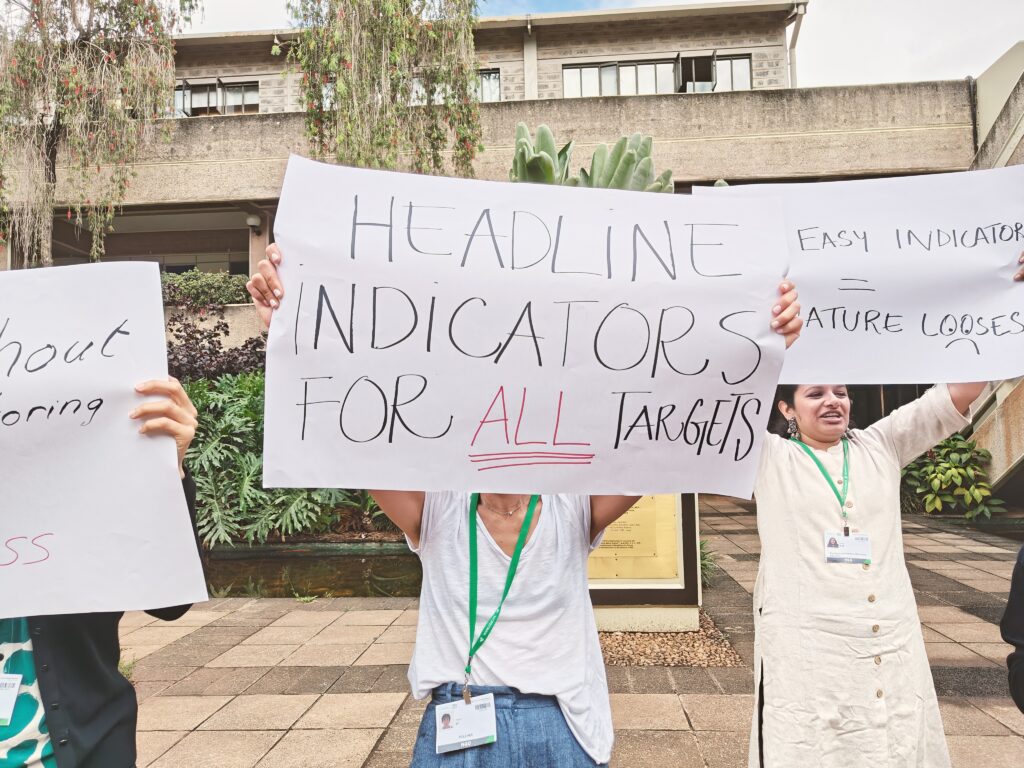Filter
Map with all sites
Dynamic Ticker
Hectares of land and water restored
Types of ecosystems
Women supported and engaged
Different countries across the world
Hello! We begin our ‘KM-GBF Explainer Series’ with Target 1. Take a look at the glossary of phrases below that are included in the text of Target 1.
Target 1: Plan and manage all areas to reduce biodiversity loss
🤔 𝐖𝐡𝐚𝐭 𝐝𝐨 𝐲𝐨𝐮 𝐦𝐞𝐚𝐧 𝐛𝐲?
🌿 𝐒𝐩𝐚𝐭𝐢𝐚𝐥 𝐩𝐥𝐚𝐧𝐧𝐢𝐧𝐠: In the normal sense, spatial planning refers to the systematic and organized process of managing and organizing the use of land, resources, and infrastructure in a specific area or region. With regards to Target 1, spatial planning is a method or process for analyzing and allocating the spatial and temporal distribution of human uses and activities in a given area, to achieve various social, economic and ecological objectives. It may also include integrating biodiversity considerations using spatial data during land and sea-use planning exercises.
🌿 𝐄𝐟𝐟𝐞𝐜𝐭𝐢𝐯𝐞 𝐦𝐚𝐧𝐚𝐠𝐞𝐦𝐞𝐧𝐭 𝐩𝐫𝐨𝐜𝐞𝐬𝐬𝐞𝐬: Effective management processes may be utilised instead of or as a complement to spatial planning to address land use and sea use change. This may include such things as environmental assessment, environmental impact assessment and strategic environmental impact assessment.
🌿 𝐇𝐢𝐠𝐡 𝐞𝐜𝐨𝐥𝐨𝐠𝐢𝐜𝐚𝐥 𝐢𝐧𝐭𝐞𝐠𝐫𝐢𝐭𝐲: Ecosystems can be generally considered to have integrity when their dominant ecological characteristics (e.g., elements of composition, structure, function and ecological processes) occur within their natural ranges of variation and can withstand and recover from most disturbances.
🌿 𝐑𝐞𝐬𝐩𝐞𝐜𝐭𝐢𝐧𝐠 𝐭𝐡𝐞 𝐫𝐢𝐠𝐡𝐭𝐬 𝐨𝐟 𝐢𝐧𝐝𝐢𝐠𝐞𝐧𝐨𝐮𝐬 𝐩𝐞𝐨𝐩𝐥𝐞𝐬 𝐚𝐧𝐝 𝐥𝐨𝐜𝐚𝐥 𝐜𝐨𝐦𝐦𝐮𝐧𝐢𝐭𝐢𝐞𝐬: Indigenous peoples and local communities should have their rights respected, preserving their autonomy through free, prior, and informed consent. This involves full and effective participation in decision-making processes, aligning with national laws, international instruments, and human rights principles, including the United Nations Declaration on the Rights of Indigenous Peoples. Recognition of local spatial planning, rooted in cultural and spiritual dimensions, led by indigenous peoples within their lands, is essential.
To learn more about all 23 Targets, please visit: https://www.cbd.int/gbf/targets





